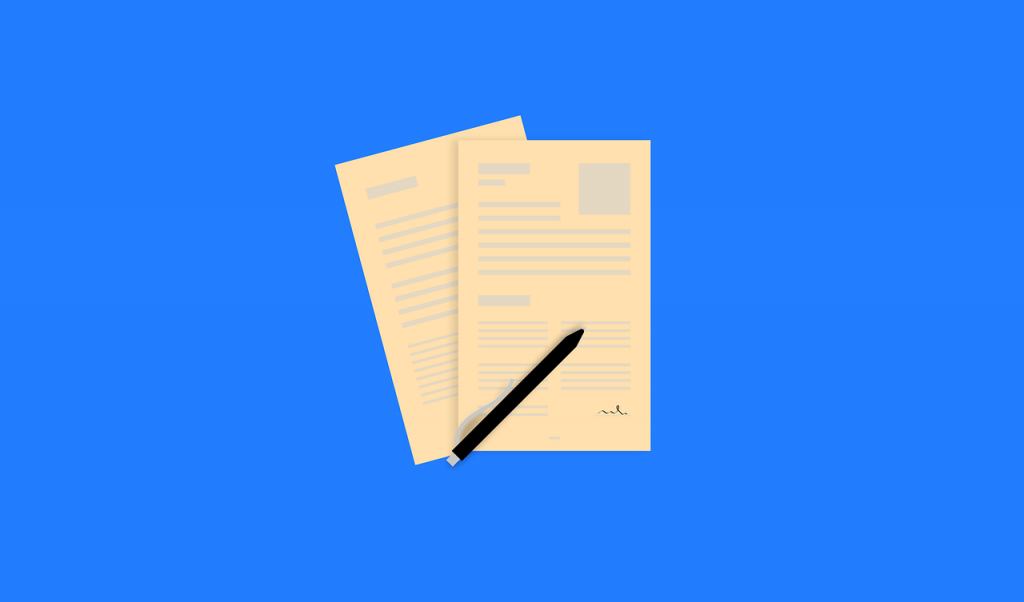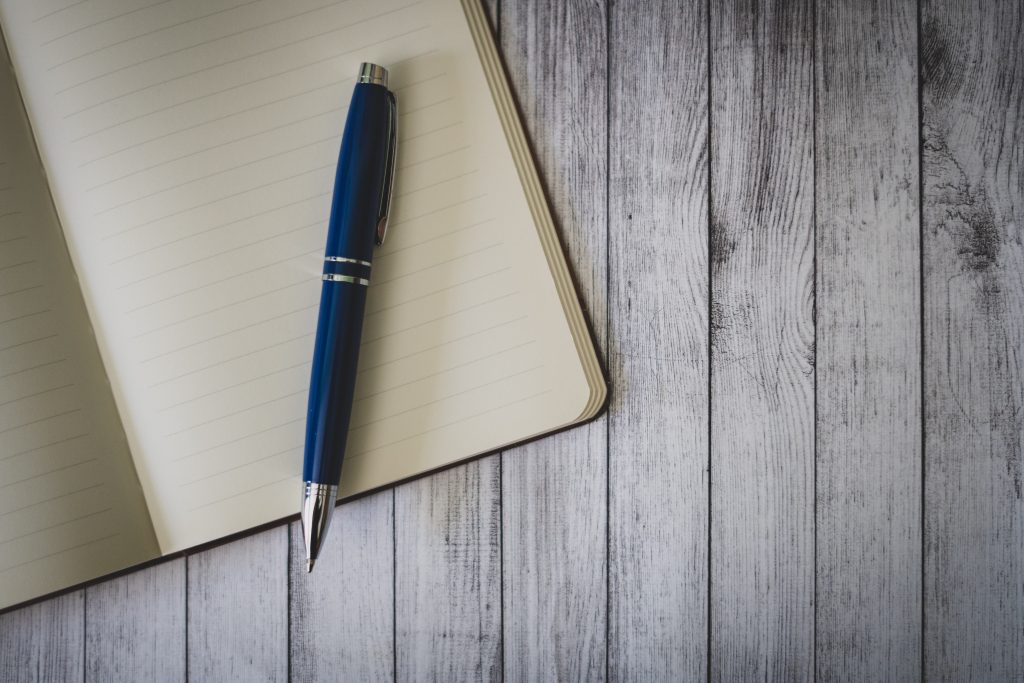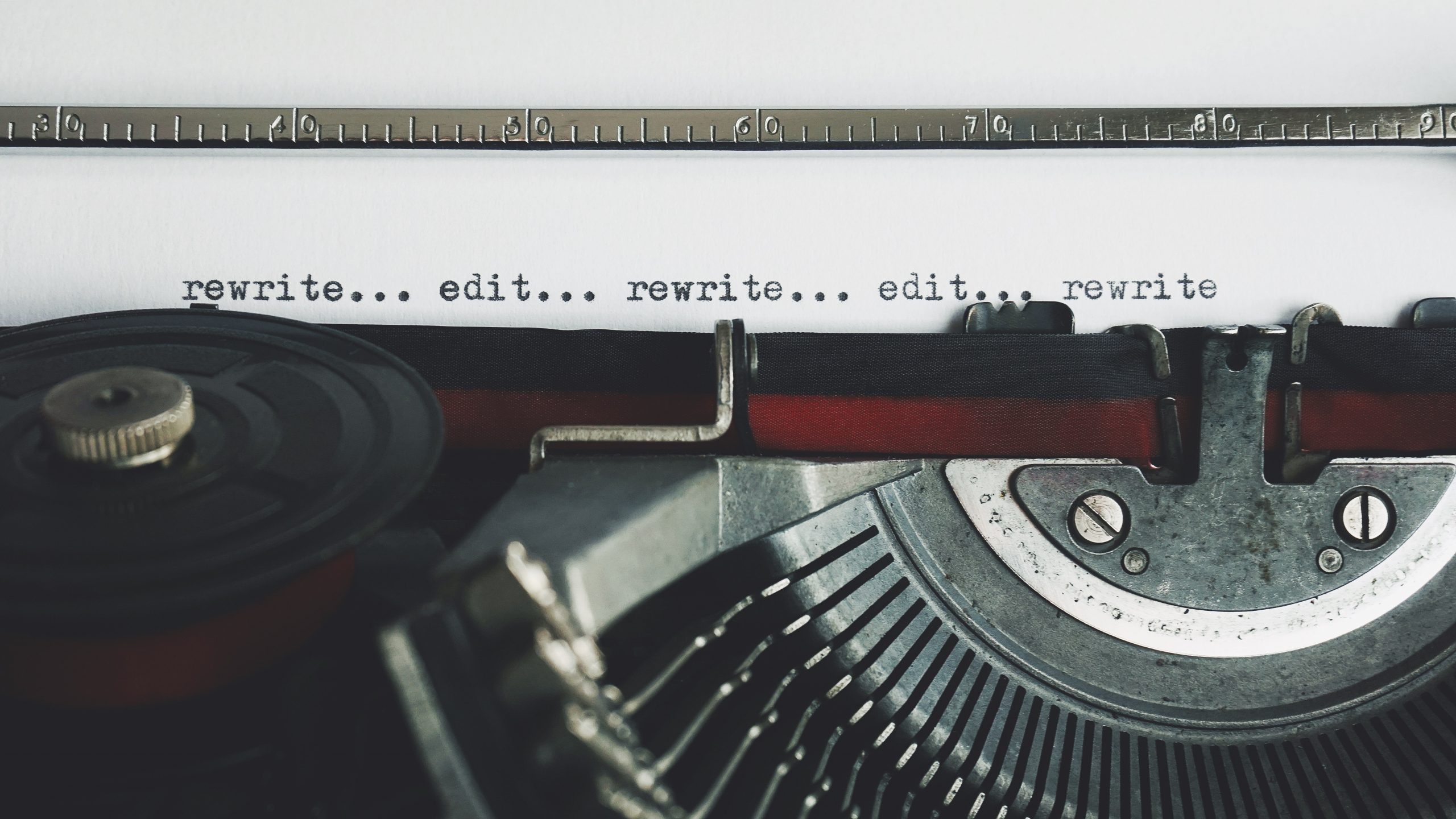It’s not what you say, but how you say it.
Paraphrasing is an essential skill for anyone who writes regularly.
It shows readers that you’ve done a deep dive into research and can convey complex ideas in a simple and succinct way that appeals to your target audience.
How can you paraphrase effectively?
Good paraphrasing requires much more effort than simply cutting and pasting someone else’s work and then sanitizing it.
A quality paraphrase is not simply a rewording but an entirely new way of expressing the same idea. To paraphrase effectively, you must understand the author’s message deeply enough to communicate it concisely and accurately in your own words.
Make sure also to give credit where due and cite sources to prevent plagiarism.
10 Actionable Tips to Paraphrase Like a Pro (and avoid plagiarism)
Read the source material carefully

It is essential to take the time to read through the text slowly and thoughtfully — sometimes even several times — to get a firm grasp on its meaning and position. A reader who skims or doesn’t pay close attention is likely to miss important details or misunderstand the original author’s intent.
You can highlight key points, jot down any questions, and make notes to help you thoroughly understand the piece.
Know What You Want to Say

You should know the exact message you want to convey to your reader before putting pen to paper. Once you know what you want to say, it’ll be much easier to figure out how to say it.
This will allow you to write clearly and concisely.
And if you ever get stuck, you can always turn to your notes for assistance.
Rewrite while staying true to the original meaning (add examples and insights too)

There’s more to paraphrasing than just switching up a few words. However, you also don’t want to diverge so far from the original passage that you convey a different message altogether.
Start by rewriting the text in your own words without continuously checking the source material. This will help avoid unintentional plagiarism from creeping in.
Be creative. Add your own examples, ideas, and insights to illustrate the concepts involved.
But avoid wordiness at all costs. Being descriptive to explain something is okay; fluff is not.
Remember: Paraphrasing well is an art. It takes time and effort and sometimes multiple drafts to get it right.
Be consistent

Consistency is key when paraphrasing.
Don’t change your style mid-sentence, be consistent with your verb tense, and don’t unnecessarily switch between first-person and third-person.
Follow a style guide if you see fit.
Show off your style and personality as a writer

This won’t work for academic papers but is a great tip to inject flavor into paraphrases for blogs and other types of digital content.
Remember: You’re still writing for your target audience. Showcase your personality, take a stand, add commentary, and use humor if appropriate.
The goal of paraphrasing is to demonstrate that you truly understand the source material — and even have the ability to transform it into your own piece that reflects your voice as a writer.
Use quotation marks and cite your sources

Direct quotes are a great way to — for lack of a better term — take the words directly from the horse’s mouth while avoiding plagiarism.
Being able to easily slip in direct quotations when appropriate — and do so in an engaging, compelling way — can make or break your work. But, it’s essential not to overdo this.
It’s also crucial to cite your sources. References allow readers to inspect the source material for themselves if they wish to do so.
Proofread and edit

It should go without saying (but sadly, it doesn’t) that your paraphrase must be free of spelling and grammatical errors if you wish your content to be well-received.
One of the biggest mistakes writers make is not investing sufficient time and energy into editing.
Fact-check, use the active voice, keep your sentence structures short and sweet, format your citations correctly, and check for any lingering mistakes.
Paraphrasing can be a bit like building a house. The writing process is like laying the bricks and creating the structure. Editing is putting the finishing touches and making the house liveable.
Run your work through a plagiarism checker

It’s vital to compare the rewritten content with the source to make sure it’s accurate yet unique.
Run your final piece through a quality plagiarism detector to ensure the originality of your work. This will allow you to modify the content if necessary.
Use a paraphrasing tool

A paraphrasing tool is a great way to kickstart the rewriting process and reduce the time taken for a quality paraphrase. The advancement of natural language processing (NLP) has made it possible for online rewriters to paraphrase text in a natural-sounding yet novel way.
There are various free and premium options, and you can choose the right one based on your needs.
Practice Makes Perfect

Like any creative skill, the more you practice, the better you’ll get.
Although many people may find paraphrasing less intimidating than original writing, this technique can still present a challenge. With time and practice, however, you’ll learn how to paraphrase any text confidently.
Example of an effective paraphrase

Here’s an example of a quality rewrite to help spark your imagination.
Here’s the original sentence:
“The color of the Tahitian pearls is most often naturally dark, but it is possible to obtain lighter colors through dyeing.”
The paraphrase reads as follows:
“Pearls from the Tahitian island can be naturally dark-colored or artificially dyed to achieve lighter tones.”
Notice how the key ideas of the source sentence have been retained while being rewritten in an entirely new way? This is the central concept behind effective paraphrasing.
Frequently Asked Questions (FAQs) about Paraphrasing Effectively

How can you tell if you’ve paraphrased something correctly?
A good paraphrase should capture the meaning of the original piece but be in your own words. Comparing the rewritten content to the source material and using a reliable plagiarism checker is a great way to ensure a quality rewrite.
Can a paraphrasing tool help you avoid plagiarism?
A paraphrasing tool doesn’t guarantee 100% plagiarism-free text but is helpful to simplify the process of rewriting content. While an online paraphraser does make plagiarism detection much harder, it’s essential to revise the content manually.
ContentBot’s paraphrasing tool expedites this process by providing you with a variability score — so you can see how unique the rewritten content is and make changes accordingly.
Summing up
Every writer must master the art of paraphrasing — we all have to reference other people’s work at some point.
Paraphrasing helps you understand sources better and develop your unique writing voice. Just remember to find the best method for you and your workflow.
Check out more on Content and AI!
- 7 Inspirational Writing Quotes (And What Writers Can Learn From Them) - September 1, 2022
- 5 Effective Ways For Marketing Your Small Business On A Budget - August 24, 2022
- The Importance of Branding for a Small Business (Plus Tips To Get Started) - August 24, 2022
